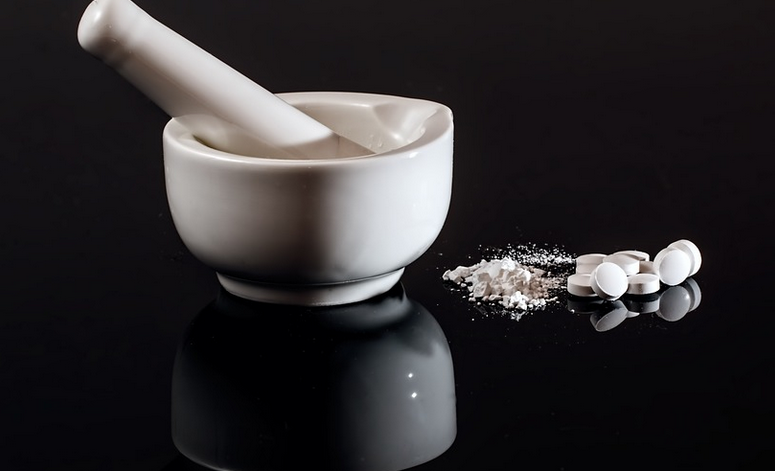Introduction
Finding unknown solutions in chemistry can be a daunting task, but it’s an essential part of the scientific process. Whether you’re a student, researcher, or working in a lab, being able to identify unknown substances is crucial for accurate analysis and experimentation. In this article, we’ll explore some tips and techniques to help you identify unknown substances in chemistry.
Understanding the Properties of Unknown Substances
The first step in finding unknown solutions in chemistry is to understand their properties. This includes their physical and chemical properties, such as melting point, boiling point, color, odor, and reactivity. By understanding these properties, you can narrow down the possible identity of the substance and determine which tests to perform.
Conducting Tests
Once you have an idea of the properties of the unknown substance, you can begin to conduct tests. There are a variety of tests you can perform, including spectroscopy, chromatography, and titration. Each of these tests can provide valuable information about the substance and help you identify it.
Spectroscopy
Spectroscopy is a technique that uses light to analyze the properties of a substance. By shining light on the substance and measuring the wavelengths of light that are absorbed or emitted, you can determine its chemical composition.
Chromatography
Chromatography is a technique that separates the components of a mixture based on their chemical properties. By passing the unknown substance through a chromatography column, you can separate its components and determine their identity.
Titration
Titration is a technique that measures the concentration of a substance in a solution. By adding a known amount of a reagent to the unknown solution and measuring the resulting reaction, you can determine the concentration of the unknown substance.
Conclusion
Identifying unknown solutions in chemistry can be a challenging task, but with the right techniques and knowledge, it’s possible to determine the identity of even the most complex substances. By understanding the properties of unknown substances and conducting tests such as spectroscopy, chromatography, and titration, you can confidently analyze and experiment with new materials.

